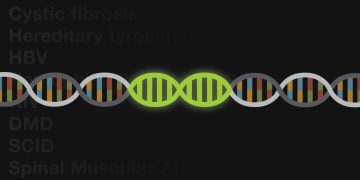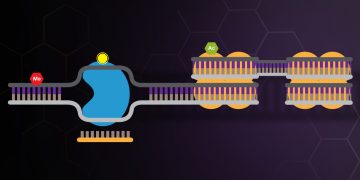
Erasing Disease: How Gene Editing is Changing Genetic Therapies
Gene augmentation and antisense therapies treat disease by providing a functional copy of faulty gene or repressing its expression. Find out how gene editing tools, like CRISPR, promise a more permanent cure.

Characterization of Critical Reagents for Ligand Binding Assays
Ligand binding assays are utilized throughout the large-molecule drug development process. However, their robustness, accuracy, and reproducibility depend on the quality of critical reagents. See how you can ensure their consistent characterization, particularly during early drug development stages.

CRISPR: Changing the Pace of BioPharma R&D
Better model systems and faster, more comprehensive screens are only two of the many ways in which CRISPR is changing the pace of discovery. See how CRISPR is transforming research and development by providing us with tools that were once unimaginable.

From megaTALs to CRISPR: The Many Ways to Edit a Gene
CRISPR has revolutionized gene editing but is not the only way to edit a gene. We compare the pros and cons of four main gene editing techniques – meganucleases, zinc finger nucleases, TALENs, and CRISPR-Cas9 – discuss the advance of these methods to the clinic for therapeutic applications, and introduce newer technologies that eliminate some of the pitfalls of current techniques.

Productivity through Workflow Personalization: What Pharma Is Learning from Other Industries
Striving for efficiency in workflow is not a new concept. Automation and use of smart technologies in industries such as automotive and shipping, and services like USPS and UPS, have drastically changed the way they function today not just with innovation but with personalization. Pharma is beginning to understand the need for adopting personalized workflow as well. Now, what can Pharma learn from these industries and how can it apply it to the industry?
